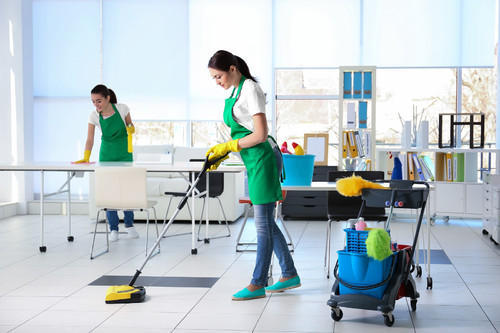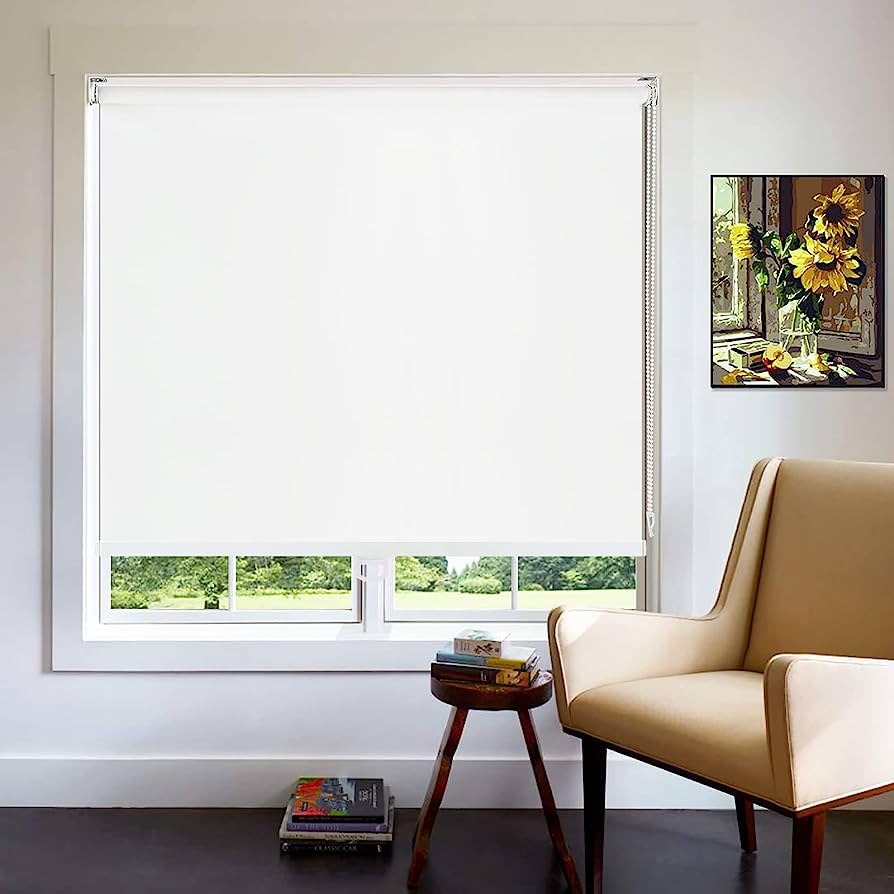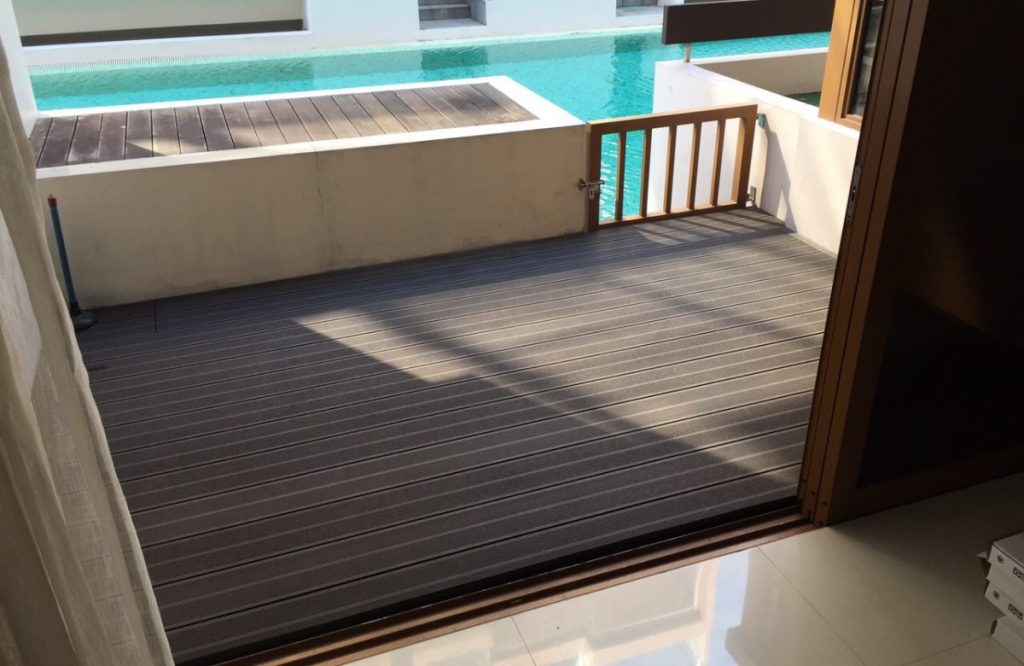In recent years, there has been a marked shift in how new home builders are prioritizing eco-friendly materials. With growing awareness of climate change, environmental sustainability, and the rising demand for energy-efficient homes, builders are increasingly incorporating sustainable practices and materials into their projects. This trend reflects not only changing consumer preferences but also the construction industry’s acknowledgment of its role in reducing carbon footprints and conserving resources.
Sustainable Building Materials
One of the primary ways new home builders are embracing eco-friendliness is through the use of sustainable materials. These materials are sourced and manufactured in ways that minimize environmental impact. For example, builders are opting for recycled steel and reclaimed wood, both of which reduce the need for raw material extraction and manufacturing. Recycled steel is not only durable but also reduces energy consumption compared to producing new steel. Similarly, reclaimed wood is gaining popularity as it reduces deforestation and adds a rustic, unique aesthetic to homes. Bamboo is another material being widely adopted due to its rapid growth rate and ability to regenerate quickly, making it a renewable resource. Bamboo is being used for flooring, cabinetry, and even as a structural element in some designs. Builders also favor materials like cork, which is harvested from the bark of cork trees without harming the tree itself, making it a renewable and sustainable option for flooring and insulation.
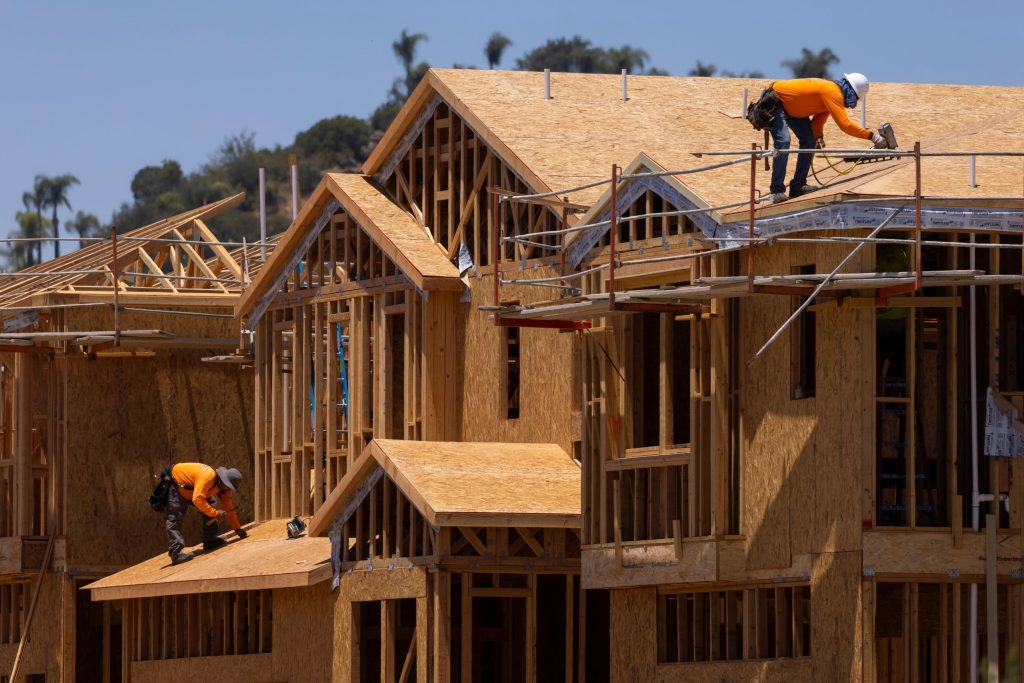
Energy-Efficient Insulation
Another key focus for new home builders is energy-efficient insulation. Traditional insulation materials, such as fiberglass, often contain harmful chemicals and are not environmentally friendly to produce or dispose of. In contrast, eco-friendly insulation options, such as sheep’s wool, cellulose made from recycled paper, and cotton insulation, are increasingly being used. These materials not only provide excellent insulation but also help regulate moisture and improve air quality inside the home. Additionally, builders are incorporating advanced technologies like spray foam insulation, which has a high R-value a measure of thermal resistance and helps reduce energy consumption by keeping homes cooler in the summer and warmer in the winter. By improving insulation, homes require less energy to maintain comfortable temperatures, contributing to lower greenhouse gas emissions and energy bills.
Low-Impact Paints and Finishes
Eco-conscious builders are also turning to low-VOC volatile organic compound paints and finishes, which reduce the release of harmful chemicals into the air and visit https://christouhomes.com.au/custom-homes-hills-district/. VOCs can contribute to indoor air pollution and have been linked to respiratory issues and other health concerns. By using low-VOC or VOC-free paints, builders are prioritizing the health of the environment and the homeowners. Water efficiency is another area where builders are making significant strides. They are installing water-saving features such as low-flow faucets, dual-flush toilets, and energy-efficient water heaters. In some cases, builders are integrating rainwater harvesting systems and gray water recycling systems, allowing homeowners to reuse water for irrigation and other non-potable uses.
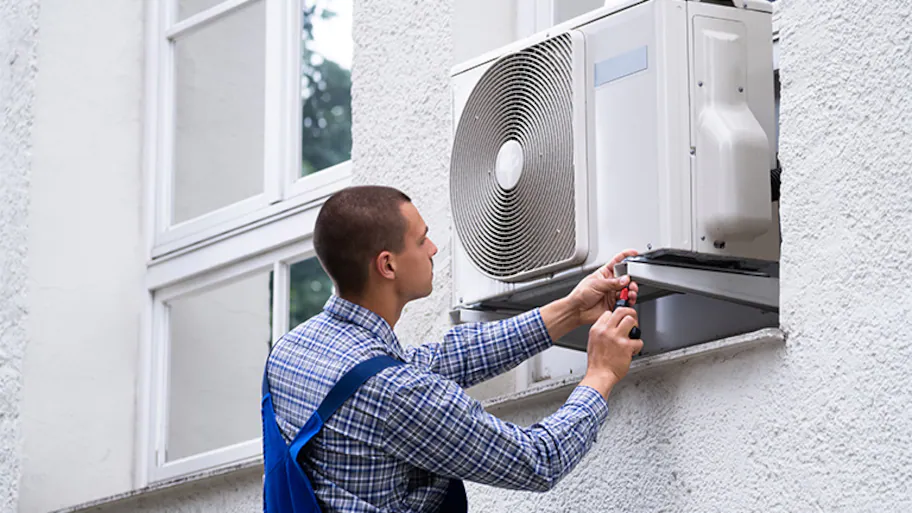 HVAC systems are designed to regulate the temperature, humidity, and air quality within your home. During the scorching heat of summer or the bitter cold of winter, a malfunctioning HVAC system can quickly turn your living space into an uncomfortable and inhospitable place. Regular maintenance is key to preventing breakdowns and ensuring that your system operates at peak efficiency, providing optimal comfort and energy efficiency.
HVAC systems are designed to regulate the temperature, humidity, and air quality within your home. During the scorching heat of summer or the bitter cold of winter, a malfunctioning HVAC system can quickly turn your living space into an uncomfortable and inhospitable place. Regular maintenance is key to preventing breakdowns and ensuring that your system operates at peak efficiency, providing optimal comfort and energy efficiency.
